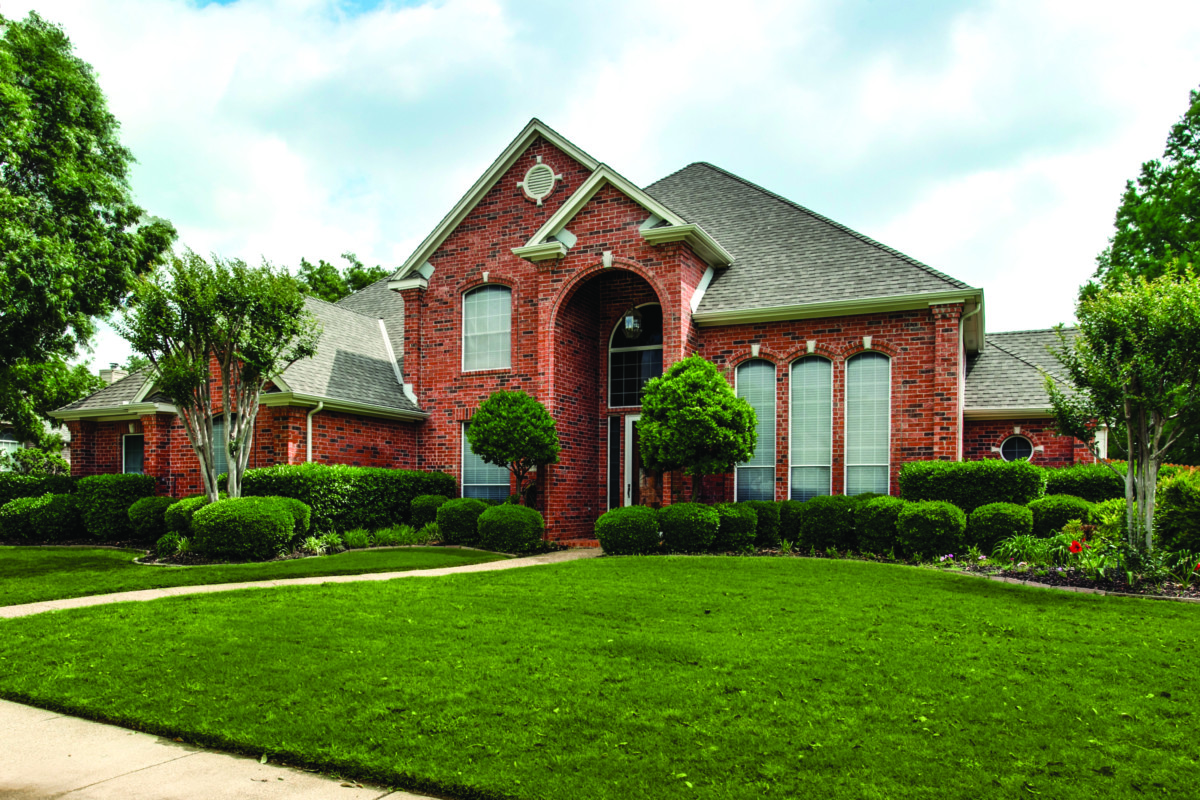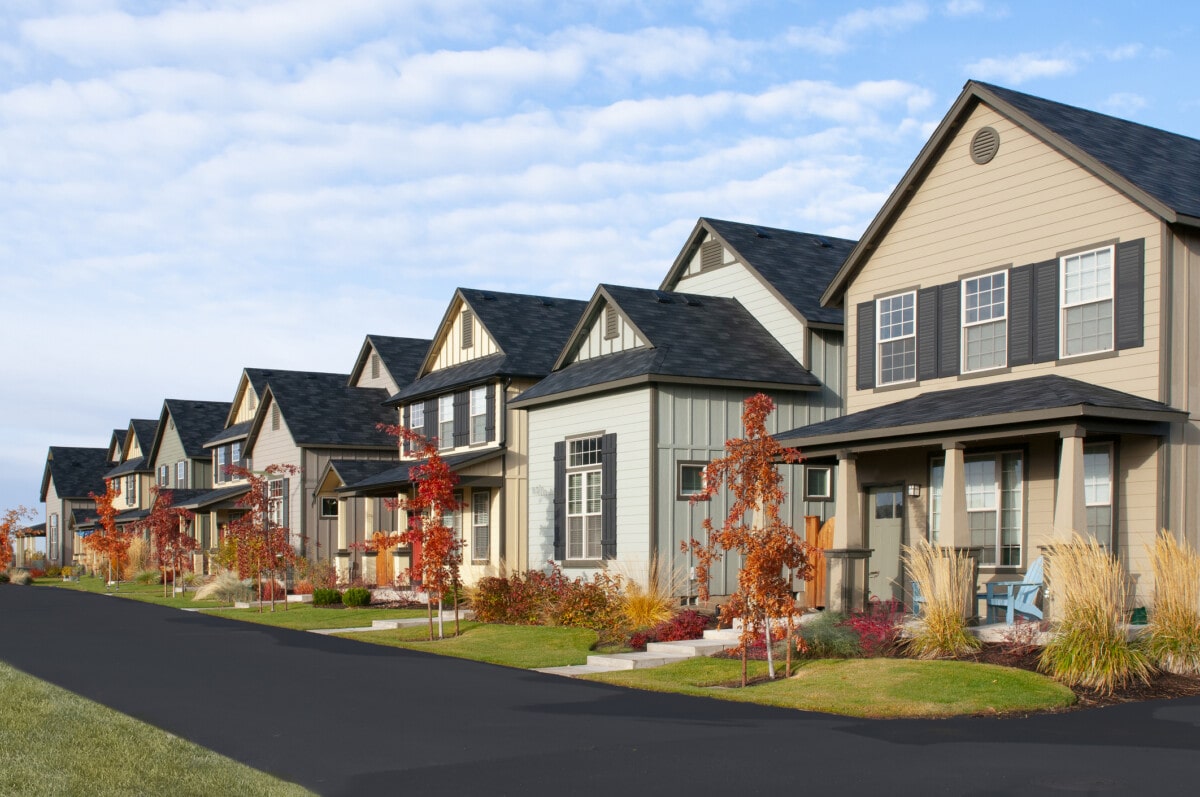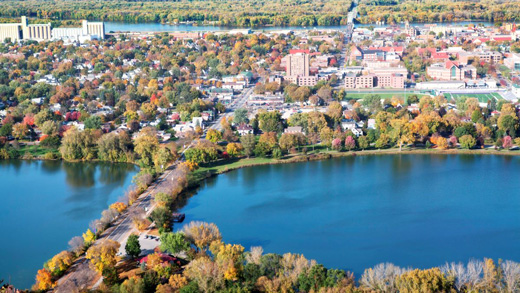You need to make nearly $90,000 annually to afford a starter home.
Minneapolis, MN, is known for its gorgeous lakes, abundant outdoor recreation, deep history, and snowy winters. In addition to being a cultural hub and unique place to live, Minneapolis is also home to a competitive real estate market that’s seen a surge in popularity over the past few years.
For many, buying a home in Minneapolis is a dream come true, but it’s also important to know how it will impact your finances. From down payments to monthly mortgage payments, there’s a lot to understand before buying your first home
So whether you already live in the City of Lakes or are looking to relocate to the area, here’s a breakdown of the income you’ll need to purchase your first home in Minneapolis.
Check out our original report for a detailed nationwide analysis.

How much income do you need to buy a starter home in Minneapolis?
The median sale price of a starter home in Minneapolis is $255,000. In order to afford this, first-time homebuyers in Minneapolis should make $85,013 per year, up 7.2% from 2023. The median income in Minneapolis is $106,561, meaning the typical resident can afford a starter home.
Only California metros require a higher annual income to afford a starter home. Anaheim, Los Angeles, Oakland, San Diego, San Francisco, and San Jose all top $175,000.
As expected, starter homes in Minneapolis are more affordable than the average home (all price brackets combined; see methodology for details). In order to afford any median-priced home in the area, you’ll need to make $103,640 (as of October 2023).
Nationwide, you need an income of $75,849 to afford a typical starter home, which costs an average of $240,000. The average U.S. household earns an estimated $84,072.
First-time homebuyers’ guide to the Minneapolis housing market
Minneapolis has experienced a growing but changing market over the past few years. House prices have only risen by 8% since January 2021, from $299,250 to $325,000. However, like many cities across the country, the area has been grappling with a shortage of homes. As a result, Minneapolis recently saw a sales whiplash – home sales hit a 20-year high in 2021 before falling to a 12-year low in 2023.
Home prices have somewhat followed this pendulum as well. While prices haven’t risen much overall, they have seen large peaks and valleys. For example, from February 2022 to June 2022, prices rose by 16%. Then, from June to December, they fell by 17.8%. This pendulum swing was seen in many metros across the country, often reacting to changing mortgage rates.
Minneapolis has also done a lot of work to meet the housing needs of its residents, supplying them with around 3,800 new affordable housing units and nearly 18,000 total housing units in 2022. This work continues and is intended to offset the housing deficit from the Great Recession.
If you’re looking to move to Minneapolis, the area is home to plenty of amenities and attractions throughout its diverse neighborhoods. Minnehaha Park, Guthrie Theater, the Chain of Lakes, and the Minneapolis Sculpture Garden are some of the most well known spots, offering waterfront views and fun experiences for people of all ages.
Popular neighborhoods in Minneapolis include Bryn-Mawr, Calhoun Isles, Camden, and Nokomis.
What does a typical down payment look like for a starter home in Minneapolis?
Here are some common down payment amounts for a typical $255,000 starter home in Minneapolis:
| Down payment percentage | Down payment amount |
| 3% down payment | $7,650 |
| 3.5% down payment | $8,925 |
| 5% down payment | $12,750 |
| 10% down payment | $25,500 |
| 15% down payment | $38,250 |
| 20% down payment | $51,000 |
Down payments can range from 0% to 100% of the total house price, depending on your budget, loan type, and long-term priorities. While experts have historically recommended budgeting for a 20% down payment, the increasing cost of homes and continued sluggish wage increases has led to a 15% down payment becoming more common.
Some loan types allow for lower down payment amounts. For example, a Federal Housing Administration (FHA) loan requires just 3.5% down, while the lowest possible down payment for a conventional loan is 3%. These amounts typically depend on your credit scores, so buyers with higher credit scores may qualify for lower down payments.

What is the typical mortgage payment for a starter home in Minneapolis?
The typical monthly mortgage payment for a starter home in Minneapolis is $2,125. This assumes you put 3.5% down and have around a 7% interest rate.
If this payment sounds too high, you could consider renting an apartment in Minneapolis. The median rent price is $1,583, well below the typical mortgage payment. You can also use an affordability calculator to see what you can afford based on your income and down payment.
What should you do next?
If you’re in the market for your first home in Minneapolis, it’s important to understand how much house you can afford. Take your annual income, credit score, the current mortgage rates, and local market trends to make a decision that works best for you.
From there, a Minneapolis agent can help you navigate the entire home buying process and provide valuable local expertise. To learn more about how to buy a home, check out Redfin’s First-Time Homebuyer’s Guide.
Methodology
Redfin divides all U.S. properties into five buckets based on Redfin Estimates of homes’ market values. There are three equal-sized tiers, as well as tiers for the bottom 5% and top 5% of the market. Redfin defines “starter homes” as homes whose sale price fell into the 5th-35th percentile of the Redfin Estimate tier.
We calculated the annual income needed to afford a starter home by assuming a buyer spends no more than 30% of their income on housing payments. Housing payments are calculated assuming the buyer made a 3.5% down payment and also take a month’s median sale price and average mortgage-interest rate into account.
The national income data is adjusted for inflation using the Consumer Price Index. 2024 income is estimated based on projections from the U.S. Census Bureau’s (ACS) 2022 median household income using the 12-month moving average nominal wage growth rate. The rate was compiled from the Current Population Survey and reported by the Federal Reserve Bank of Atlanta.
We assume housing payments include the mortgage principal, interest, property taxes, homeowners insurance, and mortgage insurance (when applicable).
All data sourced February 2024 unless otherwise stated. The Minneapolis metropolitan area includes Saint Paul.

